Introduction: There’s growing concern among financial analysts that hedge funds are becoming major players in the U.S. Treasury market, which could have far-reaching consequences. Why does this matter? Because if hedge funds start dominating the market for U.S. government debt, it might not only destabilize financial markets but also lead to inflationary pressures. In response, the U.S. government and Federal Reserve could be forced to intervene to save the bond market, which would have significant consequences for inflation—and stock markets.
Let’s explore how this scenario could unfold and why it might mean that stock markets won’t be allowed to crash too hard without triggering an inflationary spiral.
1. Who Usually Buys U.S. Treasuries?
U.S. Treasuries are bonds issued by the U.S. government to borrow money. Traditionally, large buyers like China and Japan have played a critical role in holding U.S. Treasuries as part of their national reserves. These bonds are attractive because they’re seen as one of the safest investments in the world.
Recently, though, China and Japan have been stepping back. China has reduced its holdings due to tensions with the U.S. and a desire to diversify its assets by buying more gold. Japan, dealing with its own economic and currency challenges, has also been cutting back on U.S. bonds.
2. Enter the Hedge Funds: New Kids on the Block
With these big countries reducing their participation in the Treasury market, hedge funds have been stepping in. Hedge funds are private investment firms that tend to focus on short-term, high-risk trades. Unlike China or Japan, which hold Treasuries for years, hedge funds are more likely to buy and sell Treasuries quickly to exploit small price differences and make a profit.
This creates a new dynamic: hedge funds are far more fickle investors than sovereign nations. If the market starts to look shaky, hedge funds could sell off their Treasuries rapidly, creating volatility. The big worry here is that if hedge funds become the primary buyers of U.S. debt, they could make the Treasury market more fragile.
3. How This Could Create Market Volatility
Here’s where things could get messy. The Treasury market is typically seen as a “safe haven” during economic downturns. When stocks fall, investors usually buy Treasuries, driving up their prices and lowering yields (the interest rate the U.S. government pays on its debt). But if hedge funds dominate the Treasury market and start selling off their bonds, this safe haven could become unstable.
If stock markets fall significantly and hedge funds sell their Treasuries to cover losses, this could cause a feedback loop where both markets fall at once. In such a scenario, the Federal Reserve (the Fed) would likely step in to prevent a market meltdown by buying up Treasuries and injecting money into the financial system to keep things afloat.
4. Will Stock Markets Be Allowed to Fall?
This brings us to a key question: If the Treasury market is unstable due to hedge fund activity, will the Fed allow stock markets to fall sharply? The answer is likely no. The Fed’s main concern is financial stability. A steep drop in stock prices could trigger a broader financial crisis if it spills over into the bond market. To prevent this, the Fed would probably step in early, using its tools to stabilize markets.
This means that while stock markets may fluctuate, a large crash is less likely to be “allowed” because of the potential for a ripple effect through the bond market. The Fed, which has intervened in markets before (like during the 2020 COVID-19 pandemic), would likely take action to prevent a domino effect that could destabilize the entire financial system.
5. What Could the Fed Do?
If the Treasury market became unstable, the Fed would likely intervene by buying Treasuries, a process known as quantitative easing (QE). QE floods the financial system with liquidity, or cash, to calm markets. The idea is to push down interest rates and encourage investment. In addition to direct purchases of government bonds, the Fed might also lower interest rates or use other tools to inject money into the economy.
6. The Inflation Problem
While these actions could stabilize financial markets in the short term, they come with a significant potential downside: inflation. When the Fed pumps money into the economy by buying bonds, it increases the money supply. If the economy is already running near full capacity, this additional cash can push up prices, leading to inflation.
Inflation occurs when too much money chases too few goods, and that’s exactly what can happen when the Fed floods the economy with cash. This creates a difficult balancing act for the Fed: prevent financial instability by propping up markets, but at the risk of fueling inflation. This inflation risk is particularly acute today, given existing supply chain constraints, labor shortages, and rising energy costs.
7. How Inflation Could Get Worse
There are several reasons why inflation could worsen if the Fed intervenes too aggressively:
High Debt Levels: The U.S. is already running significant budget deficits, and if the Fed buys more Treasuries, it could allow the government to borrow even more cheaply, expanding the money supply further. This can lead to higher prices across the economy.
Supply-Side Issues: If the global economy continues to struggle with supply shortages (of raw materials, energy, labor), then adding more money into the system without addressing these shortages could drive prices higher. This is called demand-pull inflation.
Wage-Price Spiral: Inflation could lead to higher wages as workers demand more pay to keep up with rising costs. But higher wages also drive businesses to raise prices, creating a vicious cycle of rising costs—this is what economists call a wage-price spiral.
8. Stagflation: The Worst-Case Scenario
The worst-case scenario is something known as stagflation—a combination of high inflation and slow economic growth. If inflation takes off while the economy is stagnating, it creates a tricky situation. The Fed may be forced to raise interest rates to fight inflation, which would make borrowing more expensive and slow down economic growth even further.
This is exactly what happened in the 1970s, when inflation spiraled out of control while economic growth stalled, leading to high unemployment and stagnation. Stagflation is hard to combat because the tools that reduce inflation (like raising interest rates) can also hurt economic growth.
9. Can Inflation Be Avoided?
The Fed will aim to prevent both runaway inflation and financial instability, but it’s a tough balancing act. If inflation is already high when a crisis hits the Treasury market, the Fed’s options become limited. Ideally, more long-term, stable buyers (like sovereign countries or pension funds) would step in to stabilize the Treasury market, reducing the need for Fed intervention.
But if hedge funds dominate, and the Fed has to intervene repeatedly, inflation could become a persistent issue, eroding people’s purchasing power and creating long-term economic challenges.
Conclusion:
The growing role of hedge funds in the U.S. Treasury market introduces new risks. If these short-term investors cause volatility in both the bond and stock markets, the Federal Reserve may have no choice but to intervene to stabilize the financial system. However, this could come at the cost of rising inflation, especially if the Fed resorts to quantitative easing to calm markets.
The danger is that in saving the stock and bond markets from collapse, the Fed could trigger inflation that’s hard to control, potentially leading to a situation where prices rise while economic growth slows—a scenario no one wants. Balancing the need for financial stability with the risk of inflation will be a difficult task for policymakers, especially in a world where hedge funds play an increasingly large role in the market for U.S. government debt.

![OpenAI. (2025). ChatGPT [Large language model]. https://chatgpt.com](https://www.illustratedcuriosity.com/files/media/55124/79bc18fa-f616-4951-856f-cc724ad5d497-560x416.webp)
![OpenAI. (2025). ChatGPT [Large language model]. https://chatgpt.com](https://www.illustratedcuriosity.com/files/media/55099/2638a982-b4de-4913-8a1c-1479df352bf3-560x416.webp)
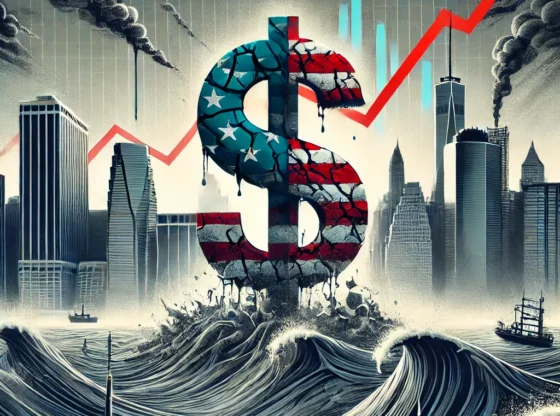
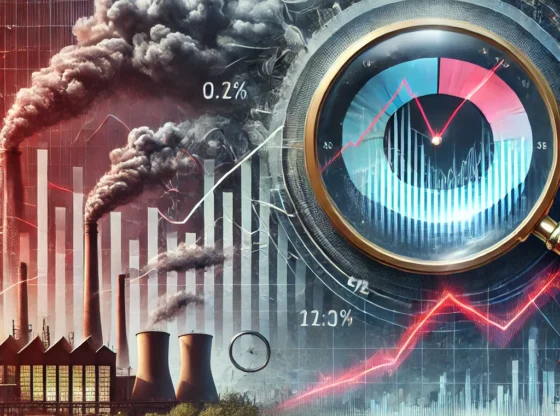

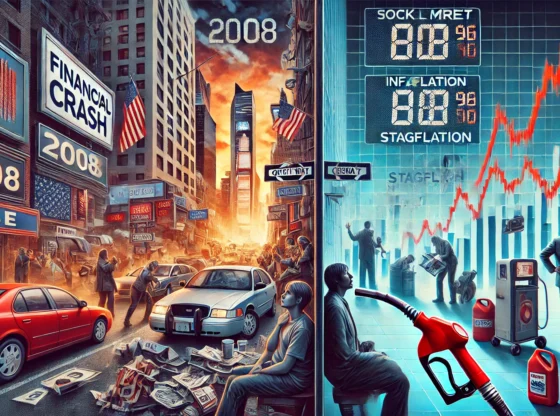

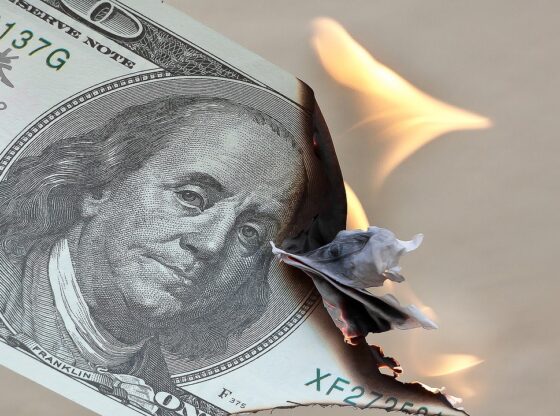

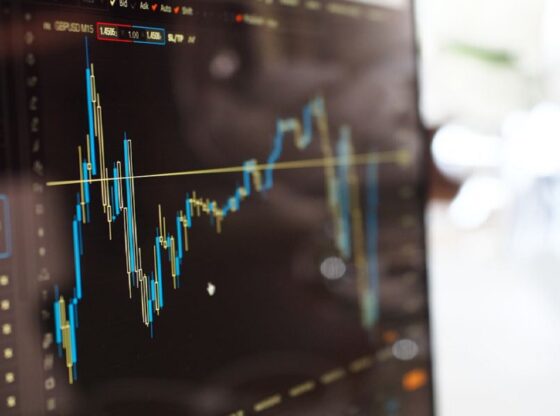
![OpenAI. (2025). ChatGPT [Large language model]. https://chatgpt.com](https://www.illustratedcuriosity.com/files/media/55136/b1b0b614-5b72-486c-901d-ff244549d67a-350x260.webp)
![OpenAI. (2025). ChatGPT [Large language model]. https://chatgpt.com](https://www.illustratedcuriosity.com/files/media/55124/79bc18fa-f616-4951-856f-cc724ad5d497-350x260.webp)
![OpenAI. (2025). ChatGPT [Large language model]. https://chatgpt.com](https://www.illustratedcuriosity.com/files/media/55099/2638a982-b4de-4913-8a1c-1479df352bf3-350x260.webp)








